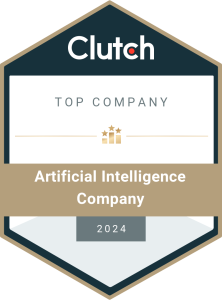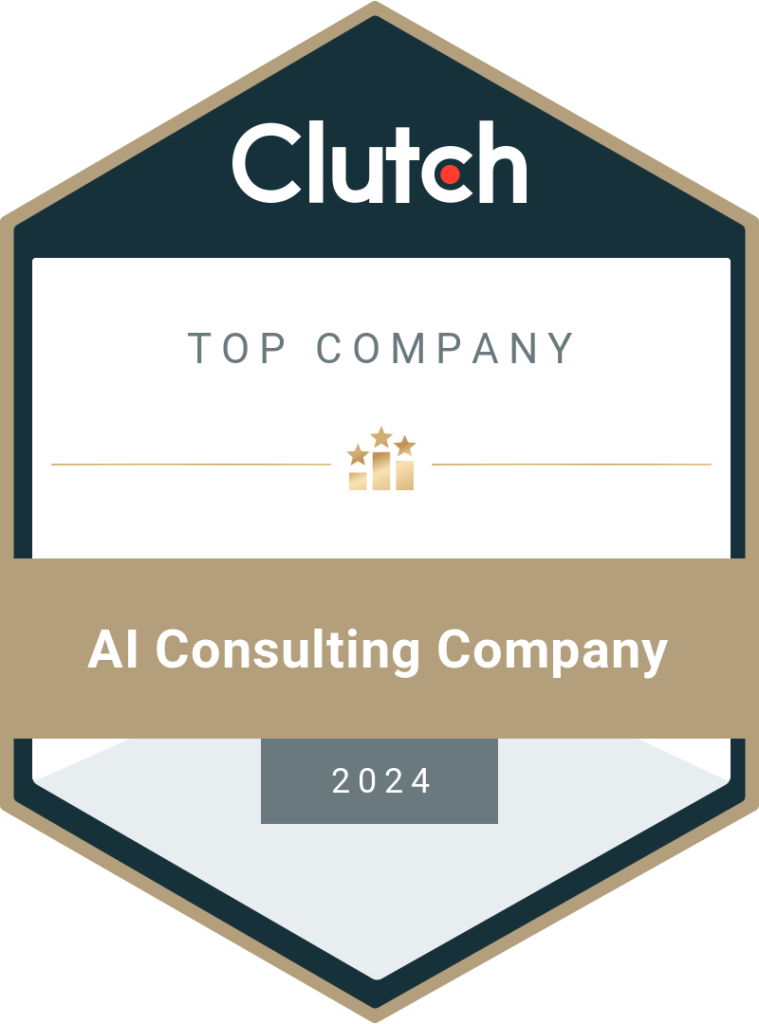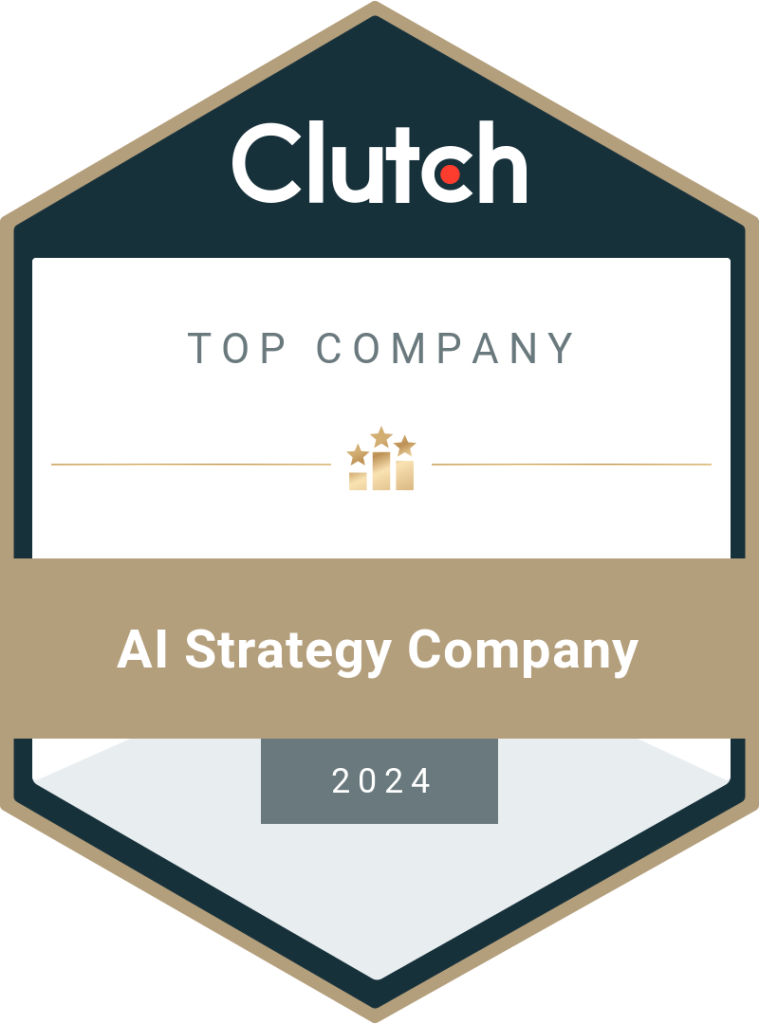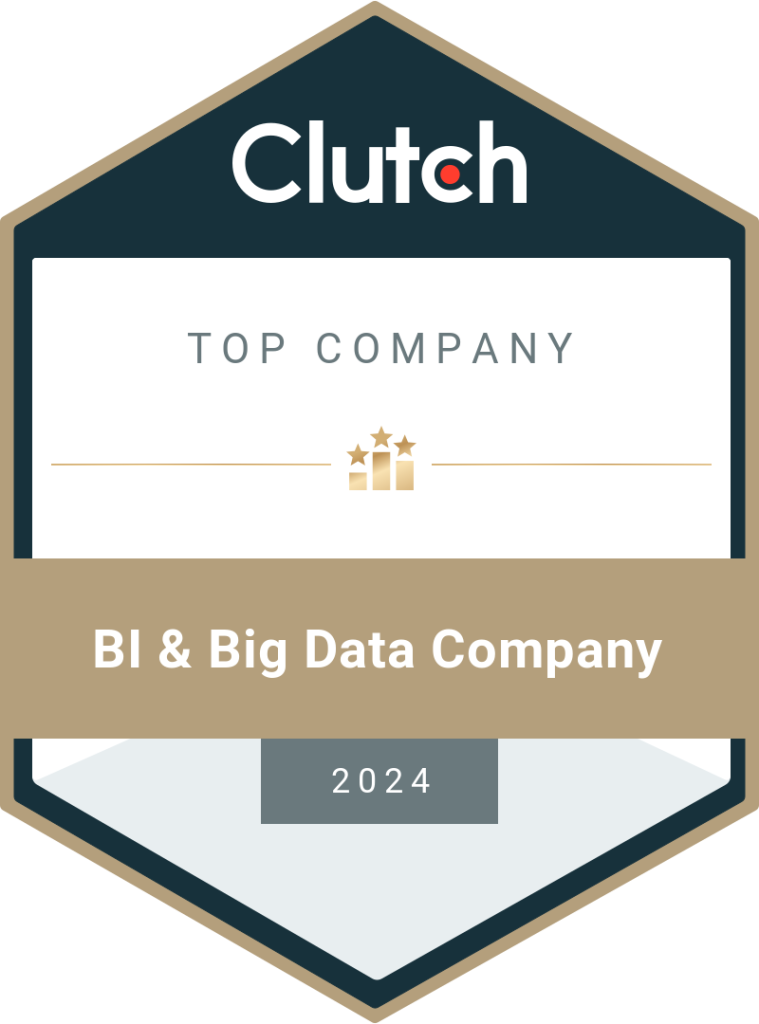Why Business Intelligence Consulting is Essential for Modern Businesses?
With the massive amount of data being generated across organizations, its effective management and processing are no longer a choice for businesses of all sizes. Business intelligence consulting is an effective way to create a robust strategy for data management. A massive 97% of data being generated by organizations stays unused, and around 74% of employees feel unhappy or overwhelmed when working with data. While both these statistics point out the grave problems that need efficient handling for business success, it is equally important to realize that it is mainly because of poor business intelligence frameworks and a lack of structured data management. As business intelligence helps generate actionable data-driven insights, companies need it to drive new changes and achieve sustainable growth. Here is all you need to know about business intelligence consulting: What is Business Intelligence Consulting? Business intelligence consulting is all about helping a business put in place various frameworks and processes to achieve better data management and processing. For any business trying to harness the power of business intelligence, it is important to opt for a business intelligence consultant that can understand the requirements and suggest solutions that will push data transformation in an organization. By opting for a BI consultancy, a business has a better chance to complete the data transformation faster. Business intelligence consultants are specialized professionals that help businesses set the foundation for their business intelligence journey of an organization. At the same time, they help examine the organizational data to improve overall decision-making in the business and optimize business processes. As an organization gets clarity on the best practices in the industry, processing and delivering business intelligence solutions can be done seamlessly. With an increasing number of businesses trying to achieve data-driven decision-making, business intelligence and consulting is becoming a critical aspect of business growth. Why Should You Consider BI Consulting Services? If you are looking at setting up a business intelligence function in your business, it is good to have a reliable BI consulting partner. Here are some of the reasons why you should consider BI consulting services for your business: Expertise A good BI consultant brings along expertise and objectivity to the table that helps to evaluate the specific needs of the business. With the right knowledge of the ecosystem and the industry, the business intelligence consulting firm can help you with the best BI platform as per the needs of the business. Streamlined Approach The right BI consultant can help you with a streamlined approach to integrating a BI system into the business. The structured approach helps provide the right training to your team for the use of the selected BI tools. Better Visibility By opting for business intelligence consulting services, a business can get better visibility into various business functions. At the same time, better visibility helps with optimization, the right method for measuring key performance indicators, and identifying new business opportunities for growth. Value Addition With a business intelligence consulting firm in place, a business is better equipped to ascertain the potential value addition. With the right design and implementation of the pilot project, an organization can measure the success and return on investment in a better manner. Strategic Thinking By opting for a BI consulting firm, a business has a better chance of setting the right direction for growth. Strategic thinking can help you understand the best course forward for business after considering the ecosystem and business. Benefits of Business Intelligence Consulting BI consulting helps a business in a variety of ways. Here are the key benefits: Identification of KPIs for Business Reporting BI consulting companies help take out the hit-and-trial period from the business intelligence strategy. As a BI consulting firm comes with experience and expertise, it becomes easier to identify relevant key performance indicators (KPIs) for various business departments. It can be related to finance, operation, sales, etc. As the initial phase of data transformation can be overwhelming for any business, the presence of a business intelligence consulting company can make way for faster insight generation and its deployment in business. With an experienced BI consulting firm on your side, the business is better equipped to opt for the right software and tools that allow for experimentation with variables for a better understanding of processing and metrics. Helps Stay Ahead of Time The presence of a BI consulting company is critical to ensure that the business stays ahead of time and gauges all changes in KPIs that may impact profitability. As the business intelligence function has data from various sources that are processed and used comprehensively to generate actionable insights, it is possible to have a bird’s eye view of the big picture of the business with an experienced partner. Critical insights about important business areas like employee performance, profitability, revenue performance and return on investment, etc. can be obtained with business intelligence consulting solutions. Keeps a Check on the Competition The use of BI intelligence consulting is not only limited to checking the performance of the business, it is also useful to keep a check on the competition. Apart from the fact that the use of business intelligence consulting can create a competitive edge for the business, it is equally impactful in the assessment of the competition on various parameters. The presence of a professional BI consulting firm helps you identify the relevant tools and mechanisms to use data related to the competition for business growth. It is critical for a business to select a good business intelligence consulting firm to help a business evaluate the competition and prepare its future strategy accordingly. Increased Customer Satisfaction Business intelligence can work in a variety of areas including finance, sales, marketing, logistics etc. It can also play a critical role in tracking consumer behavior and purchase patterns. It can be about the products consumers are buying, which products are performing better than others, factors that are triggering sales, what is the after-sales experience like, etc. With such key information, a business can make relevant changes
Read More






